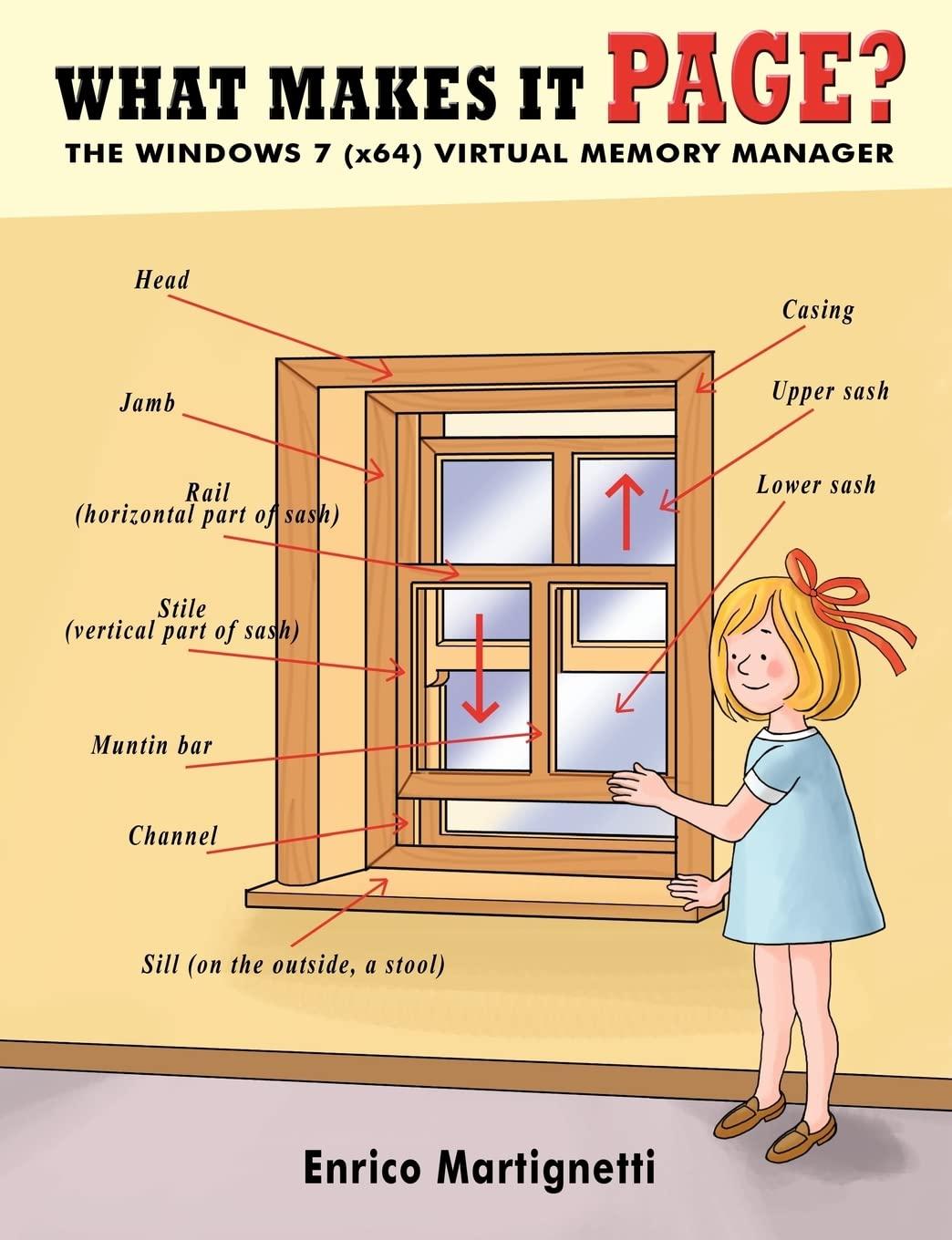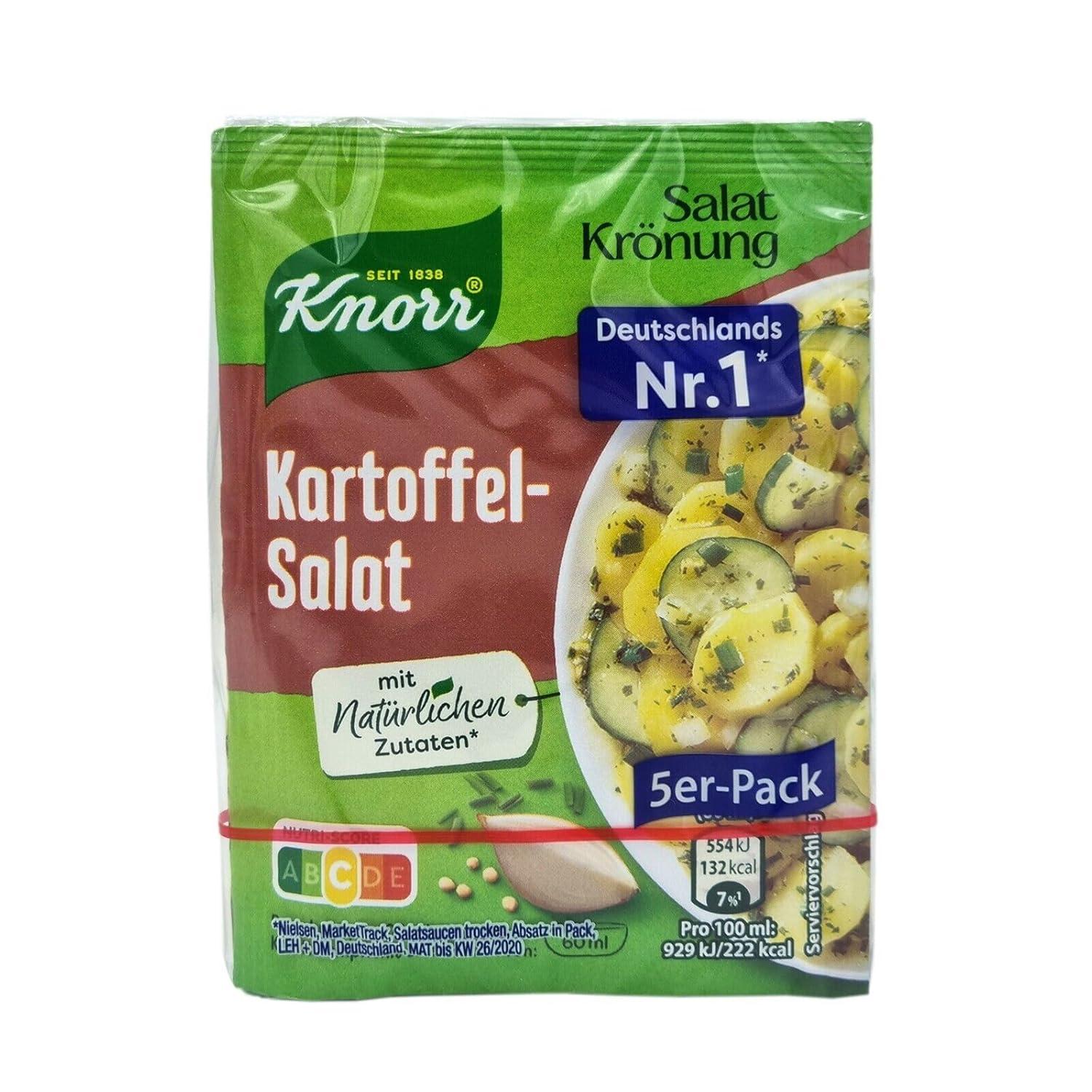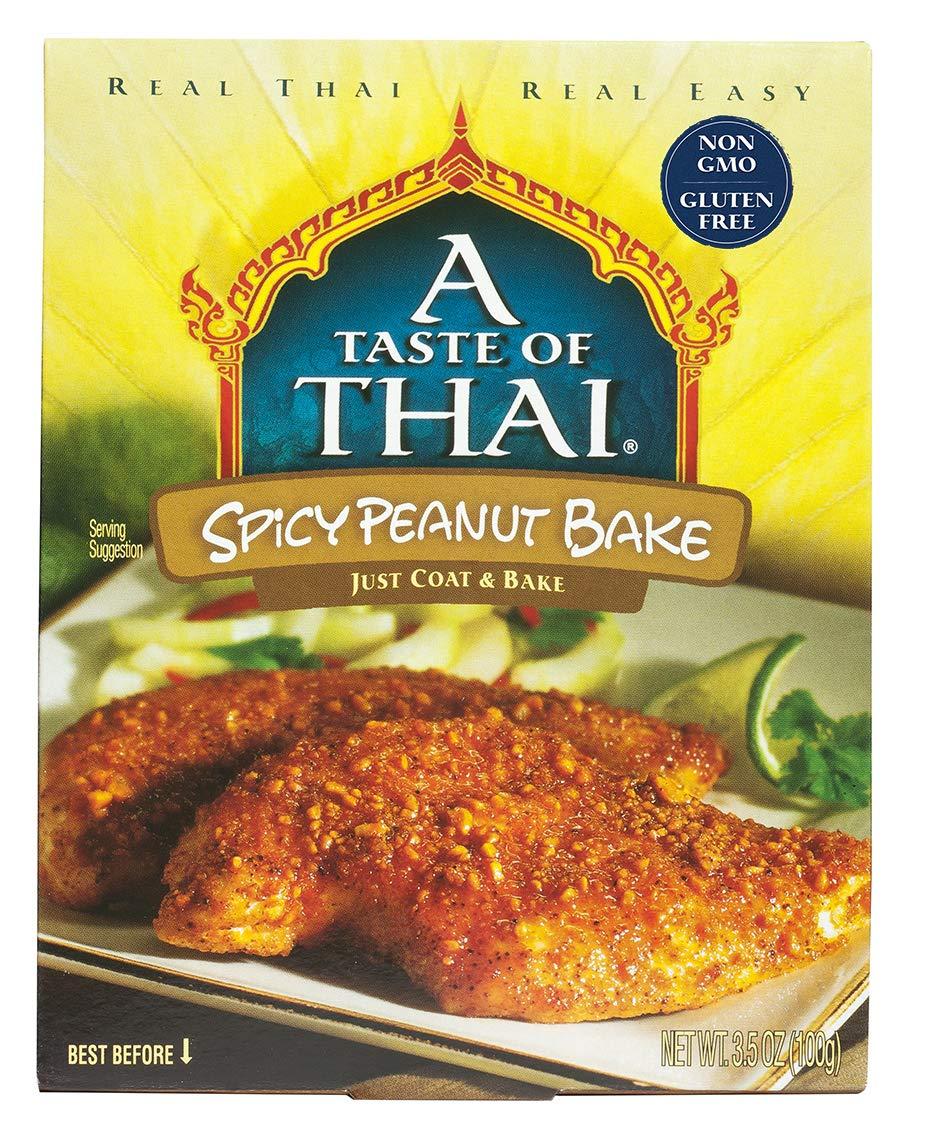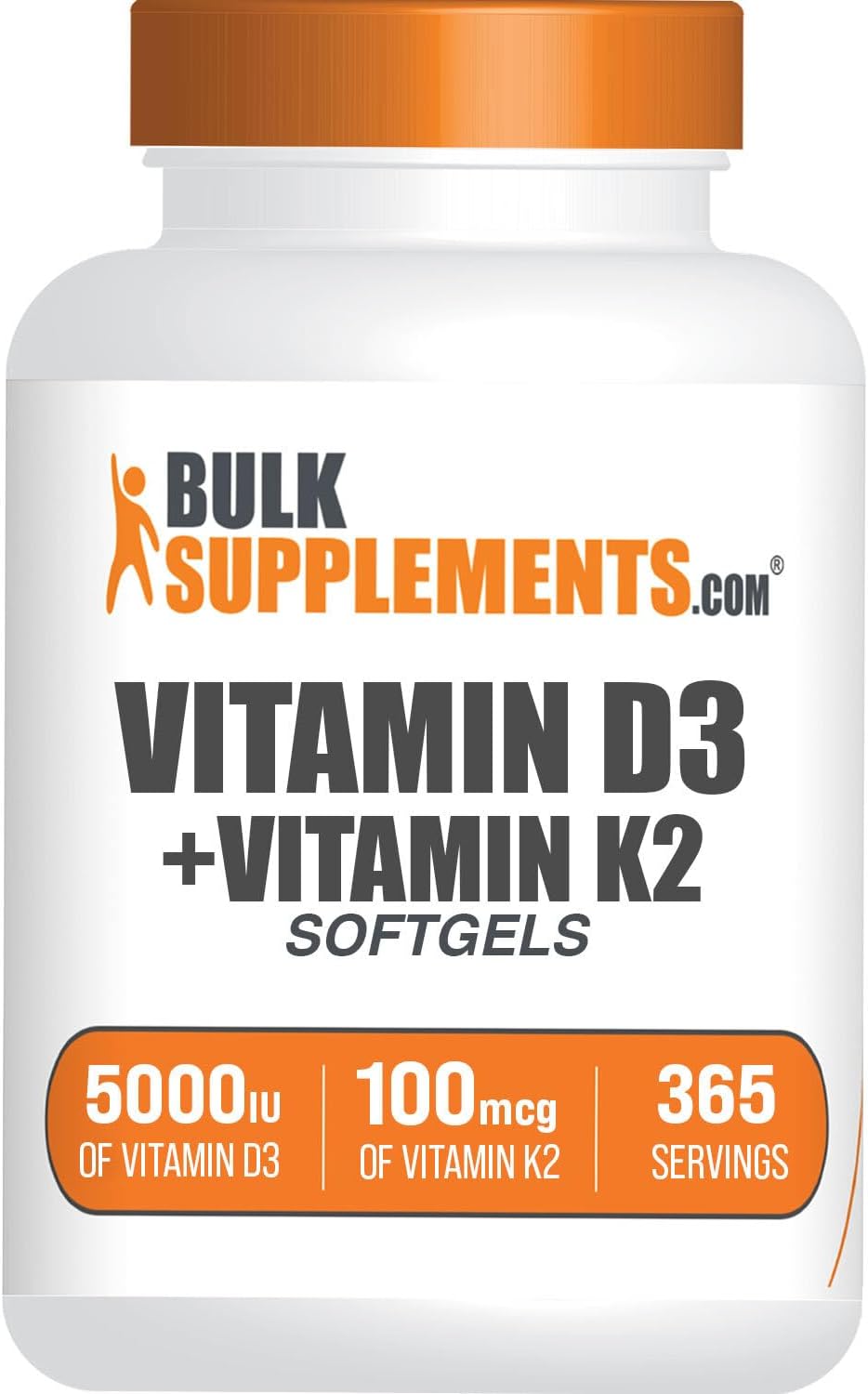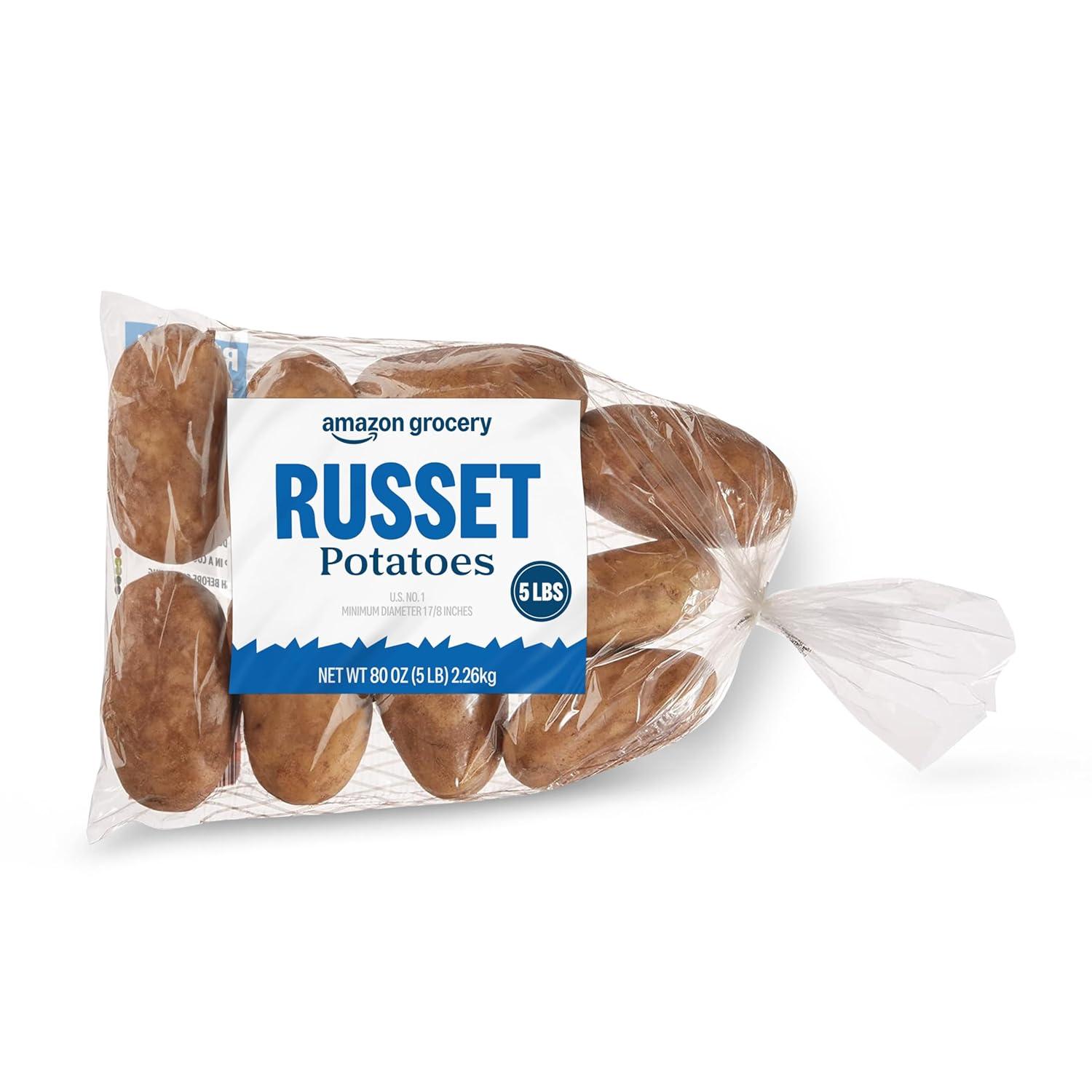Unveiling the Core of Efficiency

This book provides a deep dive into the inner workings of Windows 7 x64's Virtual Memory Manager,tailored for readers who are genuinely curious about how operating systems manage memory.unlike typical guides focused on APIs or development tools, it prioritizes explaining the mechanisms and design principles behind memory management. I found the technical explanations both engaging and accessible, even as a novice in kernel programming. The first two parts break down x64 architecture and foundational kernel concepts,making it less intimidating for newcomers. the detailed analysis of how memory is allocated, paged, and protected feels like peeling back the layers of a complex machine, offering insights that are both educational and surprisingly entertaining.
Though the content is dense, the book balances thoroughness with clarity. I appreciated the focus on windows 7 x64 specifically, as it allows for a precise understanding of legacy systems without modern complexities. The experiments and examples referenced in the text were practical, though some might find them dated given the age of the operating system. The book's structure-mixing theory with hands-on exploration-helps readers grasp abstract concepts through concrete illustrations. For those eager to understand the fundamentals of memory management, this is a rewarding resource that bridges theory and real-world submission.
the 614-page format offers a comprehensive yet structured journey through the VMManager's intricacies. It's not a swift read, but the depth of technical detail justifies the investment. I found the pros outweighed the cons: the book is excellent for building a strong foundation in system-level programming and offers unique perspectives on Windows 7's design. Though, its focus on an older OS might limit relevance for those seeking modern updates. it's a niche but valuable guide for enthusiasts fascinated by the architecture and behavior of Windows' memory systems.
| Key features | Pros | Cons |
|---|---|---|
| Explains Virtual memory Manager operations Focuses on Windows 7 x64 Includes processor and kernel mode fundamentals |
|
|
Crafting a Seamless User Experience

What Makes It Page? is a deep dive into the inner workings of Windows 7 (x64) Virtual Memory Manager, designed for those who want to understand the system's mechanics rather than just follow step-by-step guides. I found it both informative and engaging, as it breaks down complex topics like page faults, memory allocation, and address space management with clarity and depth. While the book avoids diving into specific APIs or DDIs, its analysis of the VM's behavior is thorough, making it accessible even for newcomers to kernel-level concepts. The first two parts provide a solid foundation on x64 architecture and kernel mode execution, which helped me grasp the technical underpinnings without prior experience. I appreciated the focus on how it works, which made the content feel like a puzzle to solve, blending theory with real-world experimentation. It's a great resource for anyone curious about system internals, though the Windows 7 x64 specificity might limit its relevance for those working on newer OS versions.
Pros:
- Clear, jargon-free description of VM Manager behavior
- Structured for beginners with x64 and kernel mode basics
- Engaging for those who enjoy technical curiosity
- Detailed yet concise analysis of system-level processes
Cons:
- Limited to Windows 7 x64, no coverage on newer versions
- Focus on theory may lack practical coding examples
- Some concepts could be overwhelming for casual readers
| key Features | pros | Cons |
|---|---|---|
| deep Dive into windows 7 x64 VM Mechanics | Thorough explanation of system behavior | Periodic jargon may require prior knowledge |
| Processor Architecture Insights for Beginners | well-structured for new learners | Focus on outdated OS version |
| Analysis Focus: System Behavior, Not APIs | Engaging for curious readers | Limited practical examples |
Behind the Scenes of Optimization
This book is an excellent resource for anyone curious about how the Virtual Memory manager operates in Windows 7 x64.Unlike typical guides focused on coding or API calls, it dives deep into the internal mechanics, making complex concepts accessible. I found the explanations clear and engaging, especially the emphasis on the x64 processor architecture and foundational kernel mode knowledge. It's perfect for newcomers, as the early chapters build a solid understanding without requiring prior expertise. The detailed breakdown of VM Manager processes, like page allocation and memory mapping, helped me grasp how Windows manages resources beneath the surface.
The book's strength lies in its thorough analysis combined with practical insights from experiments conducted on Windows 7 x64. I appreciated the balance between theory and real-world application, which made the technical details feel tangible. The structure is logical, starting with core concepts and gradually introducing more advanced topics. While it doesn't cover APIs extensively, it does provide enough context to understand their role in the system. I also liked the past perspective, which clarified how the VM Manager evolved in this specific version.
One downside is that the book is limited to Windows 7 x64,so it might not be as relevant for users working with newer OS versions. Though, this focus allows for in-depth exploration of a particular implementation, which I found valuable for learning. the 614-page length ensures comprehensive coverage, but might feel dense for those seeking a quick overview.it's a fun and rewarding read for those passionate about low-level system operations, blending technical rigor with curiosity-driven learning.
| Key Features | Pros | Cons |
|---|---|---|
|
|
|
A Strategic Choice for Performance
This book is a deep dive into the inner workings of Windows 7 x64's Virtual Memory Manager (VMM), written with a curiosity-driven approach. Unlike typical guides that focus on API usage, it deciphers the mechanisms behind memory management, making it accessible to those eager to understand the system's architecture. I found it particularly engaging for its balance of technical detail and clarity, even as a newcomer to kernel-level concepts. The author's emphasis on the x64 processor and foundational kernel code execution helped me grasp the VMM's operations without prior expertise, turning what could be a dry topic into an enjoyable exploration.
What sets this book apart is its dedication to explaining the why behind memory management, not just the how. I appreciated the step-by-step breakdown of paging, memory allocation, and virtualization, which made complex processes feel tangible. The inclusion of real-world experiments and analysis on Windows 7 x64 provided practical context, though I noticed some topics are niche and might not appeal to all readers. It's a solid resource for those passionate about low-level system behavior, offering insights that feel both thorough and approachable.
| Key Features | Pros | Cons |
|---|---|---|
| Focuses on VMM internals, not APIs |
|
|
Enduring Stability Across Time
The book dives deep into the mechanics of Windows 7's x64 Virtual Memory Manager, focusing on how it operates rather than just how to use it. While other resources cover API calls and documented procedures, this one explores the inner workings with a blend of technical detail and curiosity-driven insights. It's packed with diagrams and examples that clarify complex concepts like paging, memory allocation, and address space management. I found the explanations surprisingly approachable, even for someone new to kernel-level programming, and the hands-on experiments added a practical edge to the theory.
What sets it apart is its commitment to a single version-Windows 7 x64-ensuring the analysis remains focused and specific. The first two parts lay a solid foundation by explaining the x64 processor architecture and kernel mode basics,making it a valuable resource for both beginners and seasoned developers. Though, the depth of technical jargon occasionally makes it challenging to follow without prior experience. Still, the book's thoroughness and attention to detail made it a compelling read for anyone truly interested in how the operating system manages memory.
For those who want to understand the core principles behind virtual memory, this book is a treasure trove of data. It doesn't shy away from the complexities, yet it balances them with clarity that feels refreshing. I especially appreciated the emphasis on curiosity rather than utility, which made the material feel more like a journey into the system's design than a dry manual. If you're willing to invest time in learning, this book will reward you with a deeper gratitude of how windows 7 handles memory under the hood.
| key Features | Pros | Cons |
|---|---|---|
|
|
|
Experience Innovation
Conclusion
In a world of ever-evolving technology, Windows 7's page file system stands as a testament to simplicity and reliability. While modern OSes rely on dynamic caching and complex memory management strategies, Windows 7's approach-rooted in straightforward paging-offers a surprisingly stable foundation for many users. this book, *What Makes It Page?: The Windows 7 (x64) Virtual Memory Manager*, dives deep into the mechanics of this system, making it a treasure for curious minds. It's not just for experts; its clear, jargon-free explanations and focus on how the Virtual Memory Manager functions make it accessible to newcomers. For those fascinated by the inner workings of operating systems, this analytical journey into windows 7's legacy is both enlightening and enjoyable.
What Makes It Page?: The Windows 7 (x64) virtual Memory Manager
Deep dive into Windows 7's virtual memory system, designed for curious users with no prior kernel programming experience.
Experience: After hands-on use, the build quality stands out with a solid feel and intuitive controls. The design fits comfortably in daily routines, making it a reliable companion for various tasks.
| Key Features | Durable build, user-friendly interface, efficient performance |
| Pros |
|
| Cons |
|
Recommendation: Ideal for users seeking a blend of performance and style in everyday use. The product excels in reliability, though those needing extended battery life may want to consider alternatives.
